It is known that the first great step to making a sale is to understand the person you are selling to. Initially, this would have been achieved through physical interaction and research. However, social media has allowed us to progress and a lot about your target market can be found through various online platforms.
First of all, it would be best to kickstart this topic by explaining which platforms are best for promoting your product or service. The below diagrams found on Shopify that explain this well:

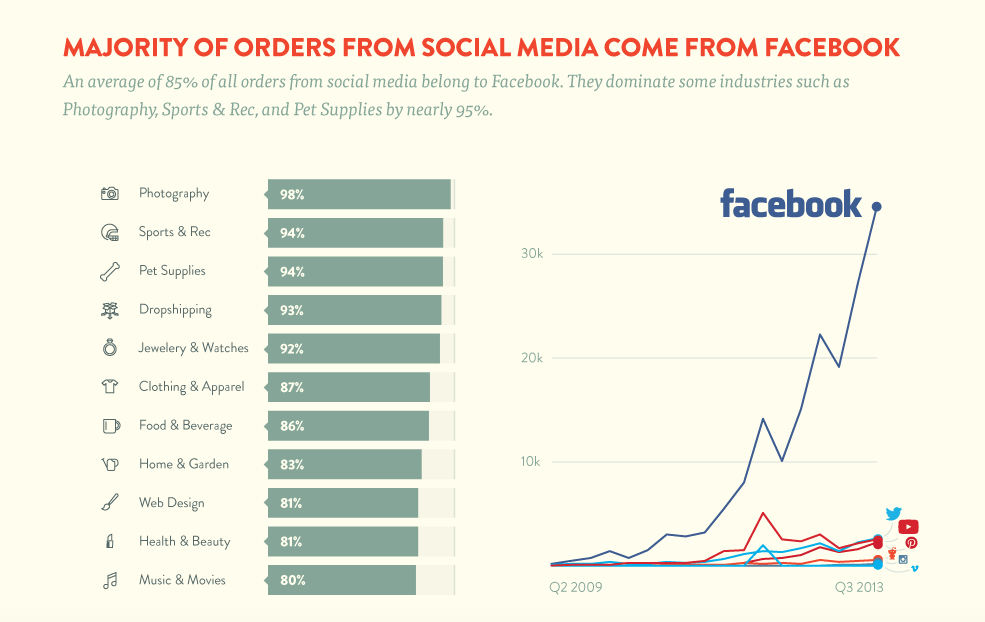
Although this diagram makes it seem as though Social Media is a winner, it is only responsible for 1% of direct sales, and only 1% of visitors from Social Media will purchase a product or service. Why is this you ask? Because most businesses are unsure of how to make use of social media to sell effectively.
So now the questions is: How can you use Social Media Effectively to generate sales?
Step 1: Determine The Best Way To Connect With Prospects
As we have mentioned, you can’t sell anything to anyone unless you sell it to those who want it, and sell it to them in a way that is suitable for their interests. This can be done through a bit of social media market research.
Ways in which you can achieve this is by checking out where your competitors are promoting, or by sending out a survey to a smaller group of people and getting a result from that.
Business to Consumer
Colleen Francis, a sales expert and president of Engage Selling says that “Facebook is one of the best arenas for business to consumer sales.” However, it is important to keep in mind that without an advertising budget, promoting on this platform can result in the opposite. Therefore, keep in mind that it is important to use other “free” platforms such as Instagram and Pinterest in combination with Facebook to gain the most exposure. Through this combination, you will be able to engage with your target market using interesting images and posts that appeal to people and interconnect between the different platforms to achieve the most exposure and hence attract sales.
Business to Business
LinkedIn is known for being the leading business-to-business online platform and can be assumed to be an appropriate platform to sell to other businesses as it is more of a professional networking environment.
General Selling
Twitter is a great platform for a variety of different sales. What is important to remember here is that people who can be found on Twitter are there to have problems heard and solved. Saying this, listen to what your market is saying and make use of Twitter to help solve problems. People will love you for it and you may just walk away with not only a few happy customers, but your wallet will be happier too.
Although there are so many different routes to sell through social media, It is best to focus on two or three, and ensure that these are operating well. From here, you can then dip your feet into other ponds such as blogs, live chats and comment sections. Again, on these, it is just as important to be a problem solver as it is on Twitter.
Moral of the story: Know where your market is and go there. People are always up for a good conversation.
Step 2: Join A Community And Create A “persona” For Your Brand
When customers, both existing and potential, interact with brands, they are essentially interacting with a “person” that is interesting and trustworthy. Exactly how you would interact with a friend or family member. Should you not be likable online, people are not going to want to do business with you, and you can kiss that filled wallet goodbye. Saying this, you also don’t want to try force or manipulate people to go to your website. This can be referred to a situation whereby you are trying to get your best friend to join “this amazing new pyramid scheme where you are bound to make thousands in just one month.” No, this won’t work.
So, be that likeable brand/person that people want to interacy with and don’t try hard sell from the word go. It is important to not abuse the easiness of social media.
Step3:: Connect With People
In this step, you want to connect with those who are, or could potentially match the profile of client you want to generate sales through.
Give social media platforms such as Social Mention a go. There you will be able to find people who are talking about your industry or various other related words. Once you have found them, interact through commenting, retweeting, answering questions or sharing things that they have mentioned. By doing so, you add value to the network and formulate healthy relationships. From here, they won’t mind if you follow them, and they may just give you a follow back.
Don’t think at this stage that it is perfect timing to bombard these potential buyers with purely sales pitches and product or service adverts. Keep it casual. They are all still human and we don’t want them thinking you aren’t the “person” you made out to be.
Now on to the real fancy stuff…
Video marketing has become one of the greatest tools for the online promotion of brands and has of course been a great initiator of good marketing feedback and sales.
Let’s pretend you have a substantial budget to spend on advertising and are looking at trying something different for a change. As seen in the diagrams above, video selling boasts an impressive response and sales rate and you want to give it a go. What do you do?
First of all, you need to have the video created by an experienced agency or individual with a great track record. Once this company or person has been found, they will guide you on what is needed to create the video. It is important to take note of the following:
• You have to be honest – just like what was mentioned above, you will only make “friends” if you are honest.
• Keep it consistent – yes it is nice to use one video to kickstart your video marketing campaign, but having a series of videos will keep your customers’ attention and convince/remind them that they need to purchase your product or service.
• Secure deals with demos – this will probably remind you of those ancient Verimark adverts. However, it doesn’t need to. Change it up by making it interesting. As we mentioned before, you want to solve problems. Find the problem before it arises and show people how your product/service will save the day. No harm in banking on “what-ifs”.
• Get involved – people love being seen in the public. Use ideas such as video submissions and recommendations to your advantage. You may find out just how important word of mouth or “peer influence” really is.
Where To Put The Video
Ok, so now you have a beautifully made video/s that you are so proud of, and you now want to start making the “moolah”. Where do you put it?
Although there are quite a few different platform options to choose from, we will start with two of the largest options being Vimeo and YouTube . Bear in mind that at every step you want to generate sales off these platforms.
Vimeo
Vimeo offers high quality, high definition (HD) videos that surpass the quality found on YouTube. Your business will need to pay for an account to host videos. However, you are given the option to place your videos on other websites including your own.
Another benefit of Vimeo is that no advertising is allowed, so your viewers are assured of a great viewing experience. Remember, experience is everything. If your consumers have a great experience with your brand, you are bound to get great feedback.
YouTube
Looking at targeting huge audiences at a low cost? YouTube is definitely the option for you then. The only issue here is that you are going to have to compete with over a million advertisers trying to reach the users you are targeting too.
On the plus side, it is easy to use with Google AdWords integration so you will know exactly which and whose videos are performing well.
This article on “Vimeo Vs. YouTube: Which Is Best for Business?” can explain further.
The growth of social media marketing in today’s society has, and is, continuously growing at a rapid rate. Studies show that 70% of businesses generate leads on social media. It is therefore important to understand how to use it in order to ensure that you are able to make money off of it. Keep up to date with trends and stay on top of your marketing strategy, and you are bound to see great results.
Measure your success
There are many free tools to monitor your social media engagement but they don’t reveal whether people clicked through to go to your website. Google Analytics is a great tool for learning about your customers, plus you can see how many people have visited your website through social media. Learn what works for your audience and what doesn’t. By consuming this data, you can work to making your social media a triumph.
For more information on how to leverage social media to generate quality sales leads, feel free to contact BWD Advertising (BWD) on (011) 321 0193 or email info@bwdadvertising.co.za for an obligation-free consultation.
Reference :
https://www.shopify.com/blog/12731545-which-social-media-platforms-drive-the-most-sales-infographic














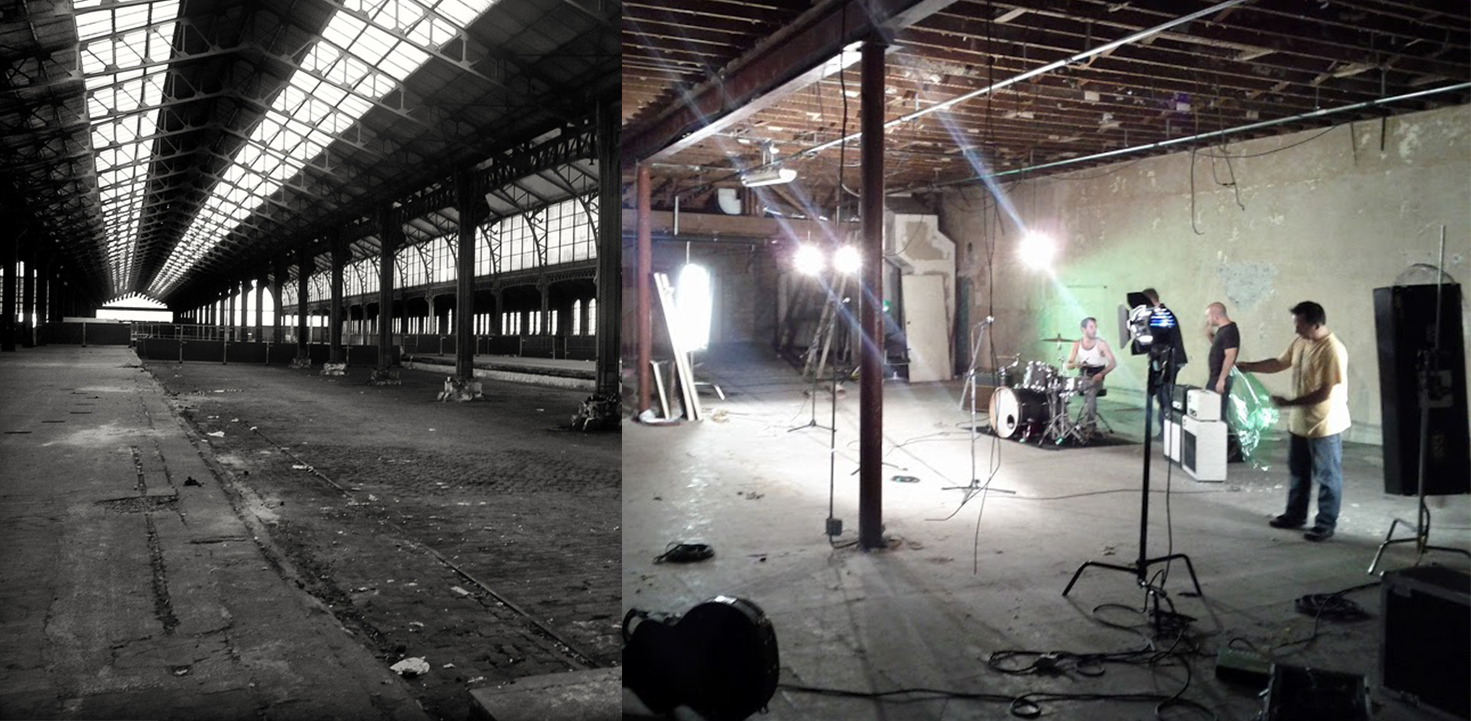



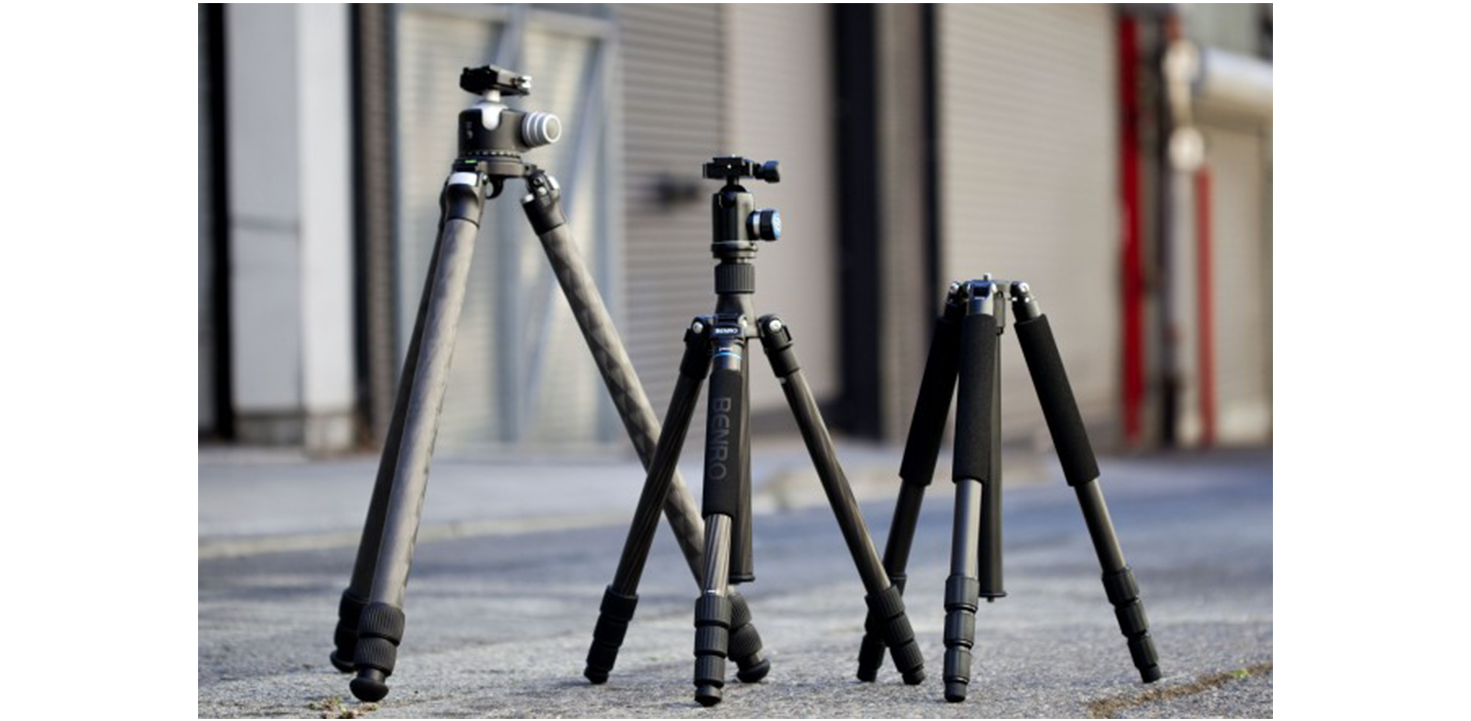
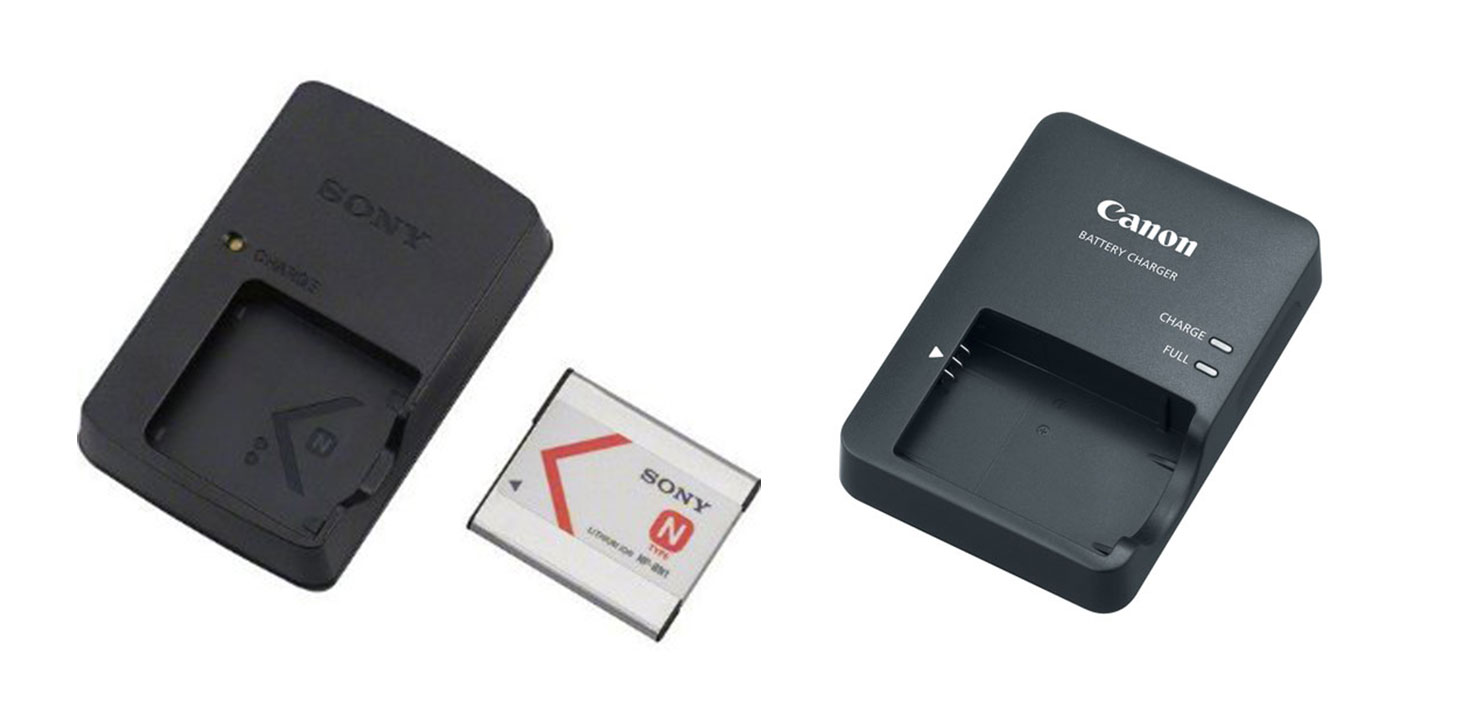
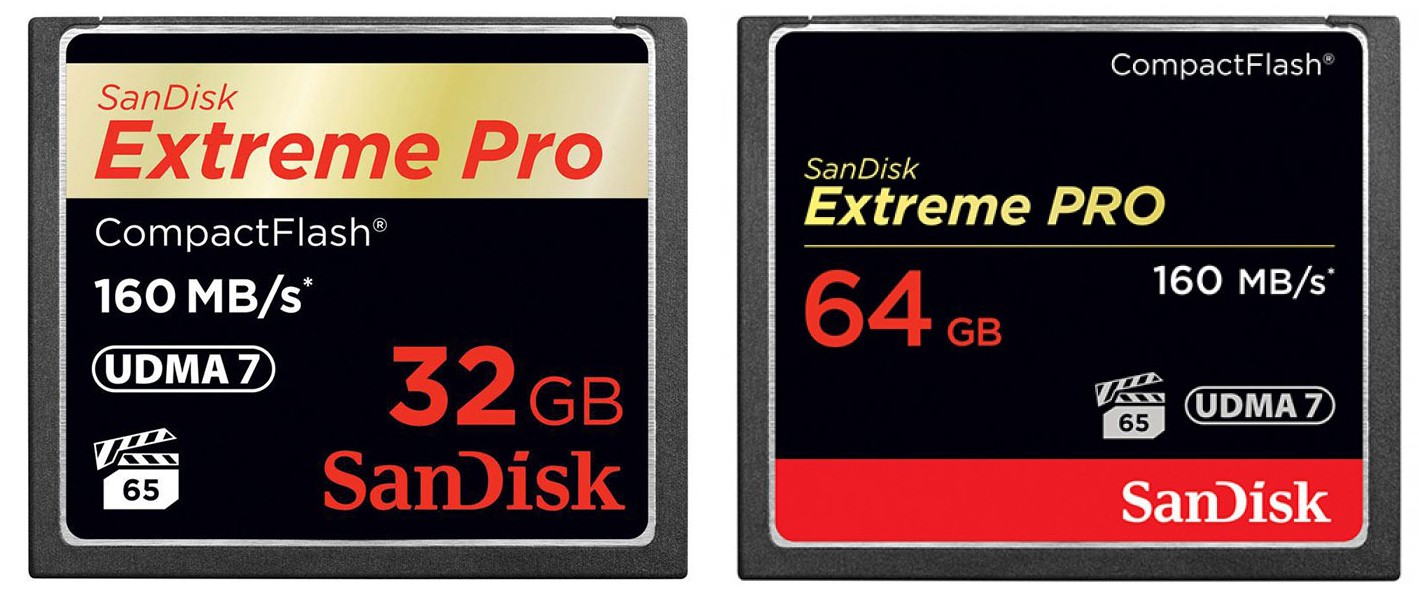
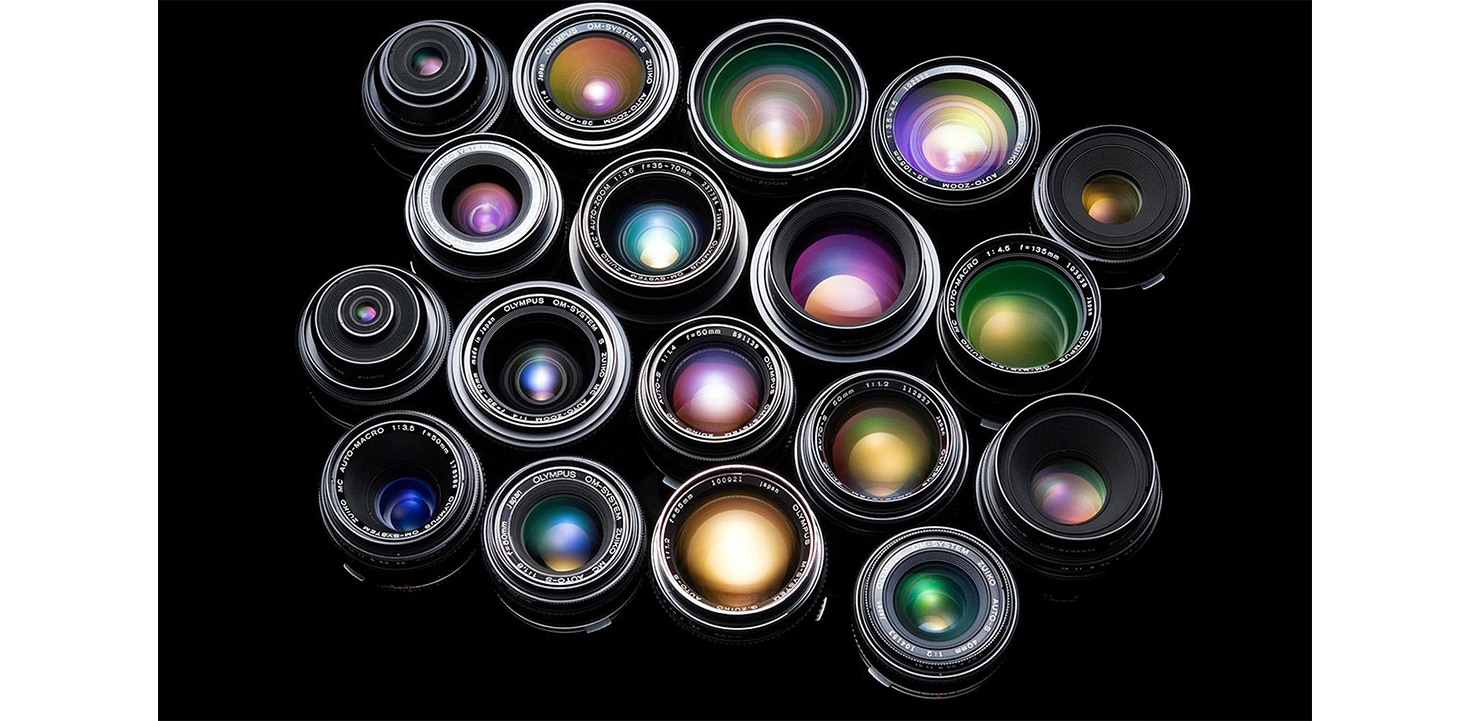
 Project manager – R600 per hour
Project manager – R600 per hour

 Video Editor – R650 per hour
Video Editor – R650 per hour Graphics Designer – R500 per hour
Graphics Designer – R500 per hour Copywriter – R550 per hour
Copywriter – R550 per hour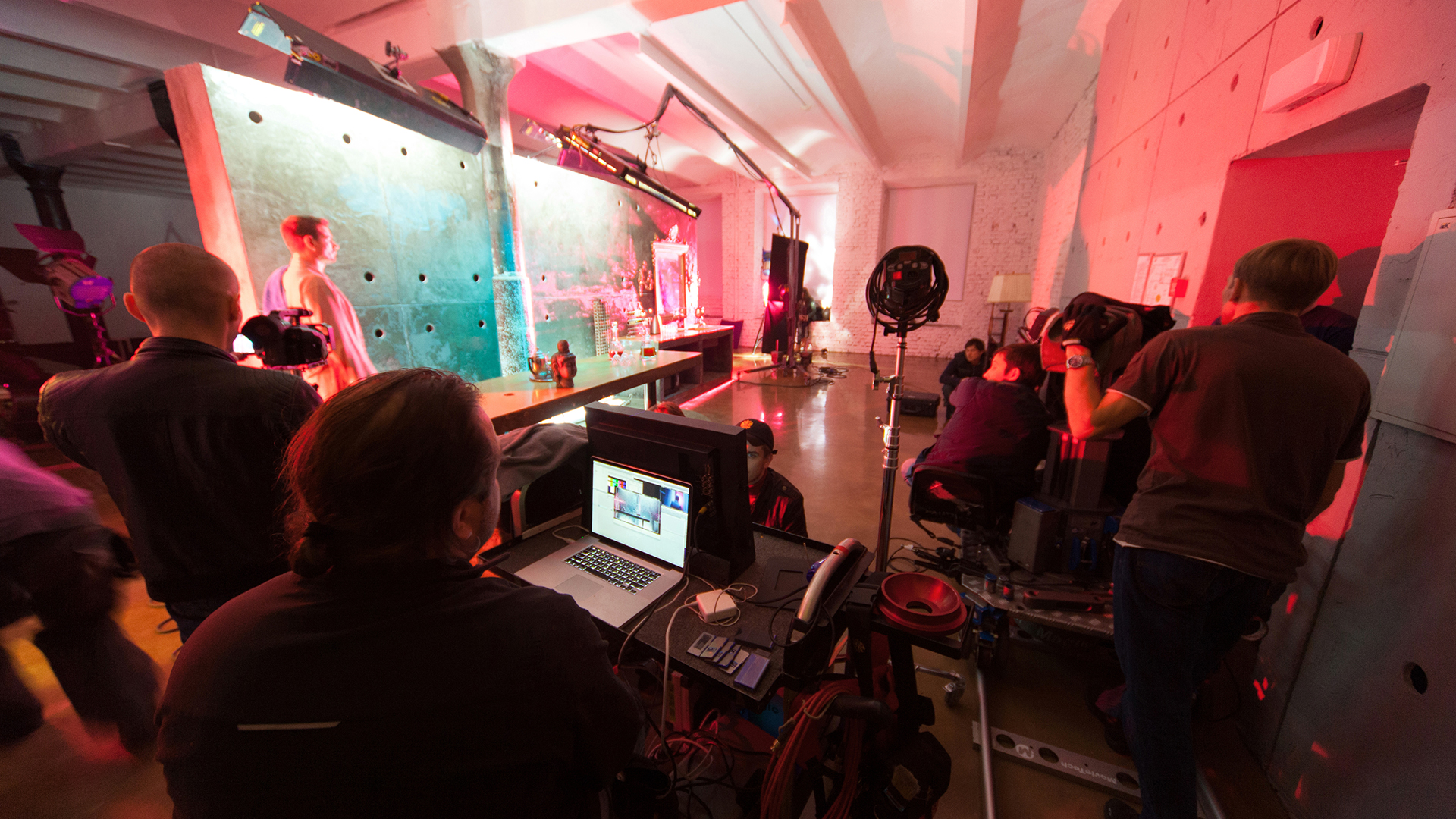 altogether that gives you a price of R3300 per hour for the whole crew.
altogether that gives you a price of R3300 per hour for the whole crew.




